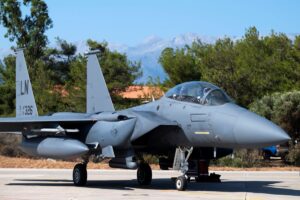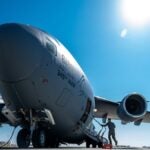
While Congress last year allowed the U.S. Air Force to retire 68 Boeing [BA] F-15E Strike Eagles through fiscal 2029, the House Armed Services Committee (HASC) is saying "no" this year in its version of the fiscal 2025 defense authorization bill until the committee gets a clearer picture of future Air Force fighter needs through a federally funded research and development center "future fighter aircraft capabilities and requirements study." Defense Secretary Lloyd Austin or his successor would have to submit…














